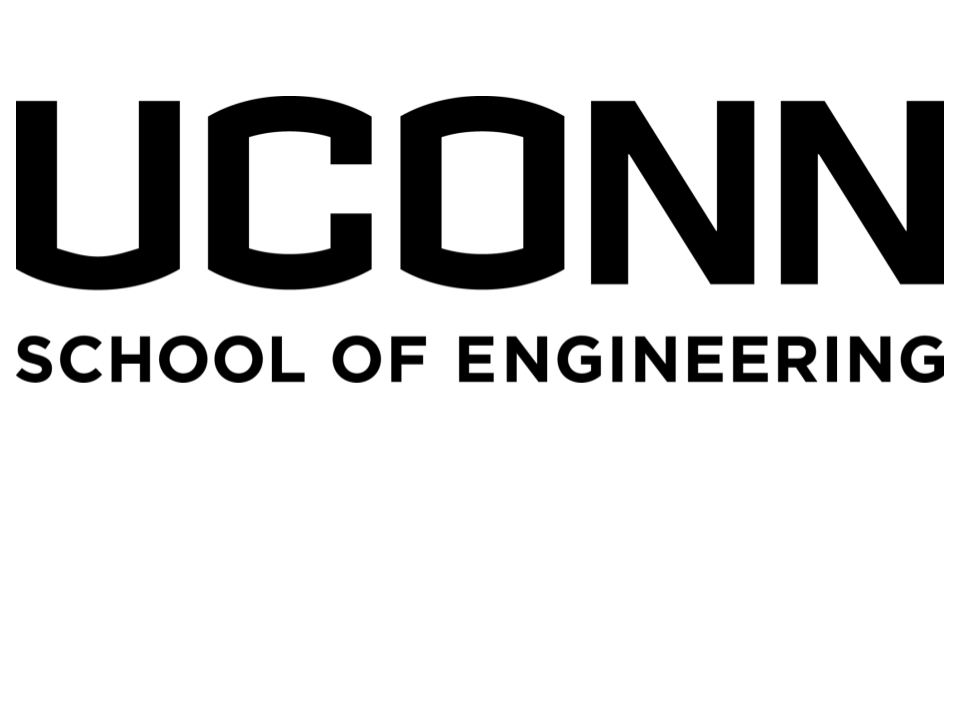

This video contains proprietary information and cannot be shared publicly at this time.
Team 84
Team Members |
Faculty Advisor |
Sarah Gordon |
Dr. Jiong Tang Sponsor UConn School of Engineering |
sponsored by

Advanced Control Synthesis for Vibration Mitigation
Magnetorheological (MR) fluids are classified as ‘smart materials’ due to the ability to significantly change their viscous properties. This variation is due to the fluid containing micron-sized iron particles that arrange themselves in lattices when subject to an external magnetic field. Because of this adaptability, the development of semi-active control devices in the form of controllable dampers using MR fluid has been an area of great interest in recent years. By altering the applied voltage to the damper, thus changing the magnetic field, the damping coefficient can be changed, and the force supplied by the damper can be controlled. At present, these dampers are primarily used in car suspension systems to provide a more comfortable ride dependent on road surface and conditions. However, there is also interest in using them to reduce vibrations in structures that are especially susceptible to damage; for example, a tower server in a building subject to an earthquake. A multiple degree-of-freedom structure was built and used experimentally in parallel to simulations to confirm both the mathematical modeling in simulation and the implementation of controls on the physical structure. The structure took a form similar to that of a four-story shelving unit and was mounted to a slip table, which provided a ground acceleration. A system identification was performed to ensure that the response of the simulation model matched that of the structure, allowing for controls to be developed in simulation prior to physical application. In particular, Skyhook semi-active control is considered due to the minimal state information required. Overall response was recorded over a range of excitation frequencies, with particular focus on the natural frequencies to avoid potentially damaging resonant vibrations.
